From Lew Rockwell.com:
Another 'Blunder' of the Progressive Era
by Thomas Schmidt
by Thomas Schmidt
Recently by Thomas Schmidt: Motive
Perhaps you have seen crystallized the "revolution within the form" that is the current US political arrangement in Angelo Codevilla's essay, "America's Ruling Class – And the Perils of Revolution." Dr. Gary North explains the smug contempt of the ruling class for what Codevilla calls the "country class" as arising from the Progressive Era: "(p)rogressivism is a bipartisan monster... As the 19th century ended, the educated class's religious fervor turned to social reform: they were sure that because man is a mere part of evolutionary nature, man could be improved, and that they, the most highly evolved of all, were the improvers… Thus began the Progressive Era. When Woodrow Wilson in 1914 was asked ‘can't you let anything alone?’ he answered with, ‘I let everything alone that you can show me is not itself moving in the wrong direction, but I am not going to let those things alone that I see are going down-hill.’" If Puritanism, paraphrasing Mencken, is the sneaking suspicion that someone, somewhere, is having a good time, Progressivism is surely the suspicion that someone, somewhere, is having a good time at some State-unapproved activity.
Still, when examining the Progressive Era, one wonders how the ruling class came to have such a death-grip on the populace at large. Progressive-era "innovations" like the Federal Reserve (1913), the Income Tax (ditto), the War emergency act that permitted Roosevelt’s 1933 seizure of gold (1917), the FBI/Hoover (1917), and other depredations have helped cement that hold, but could at some point have been repealed by the people. Ah, but how to limit the power of the people? How to decrease the ability of a person to run for Congress without raising a large sum of money? How to dilute concentrations of libertarians and progressives in seas of moderates so as to remove their voices from the national legislature?
Jeff Jacoby notes: "By 1910, the United States had 92 million citizens. In 1911, President Taft signed a bill expanding the House to 435. The ratio of congressmen to citizens now stood at 1 to 200,000." The size has been fixed at 435 since. Take a look at the following table:
Table of Population and Representation
Country
Population
Members of Lower House
Population/Member
Australia
21,262,641
150
141,750
Brazil
198,739,269
513
387,500
Canada
33,487,208
308
109,000
China
1,338,612,968
2979
450,000
Cuba
11,451,652
614
18,650
France
64,057,792
577
111,000
Germany
82,329,758
622
132,500
India
1,166,079,217
530
2,200,000
Iran
66,429,284
290
229,000
Israel
7,233,701
120
60,500
Italy
58,126,212
630
92,000
Mexico
111,211,789
500
222,500
Netherlands
16,715,999
150
111,500
New Zealand
4,213,418
120
35,000
Russia
140,041,247
450
89,000
Spain
40,525,002
350
116,000
Sweden
9,059,651
349
26,000
Switzerland
7,604,467
200
38,000
United Kingdom
61,113,205
650
94,000
United States
307,212,123
435
706,000
Western developed Democracies average, including Israel, excluding US
~
~ 89,000
Can one spot any outliers? First, recall Hermann Goering’s quote: "Of course the people do not want war. But after all, it is the leaders of the country who determine the policy, and it is always a simple matter to drag the people along whether it is a democracy, a fascist dictatorship, or dictatorship. Voice or no voice, the people can always be brought to the bidding of the leaders. That is easy. All you have to do is to tell them they are being attacked, and denounce the pacifists for lack of patriotism." Is this correct?
Of the Western democracies or democratic republics listed above, the UK, US, Canada, Australia, New Zealand, France, and the Netherlands all took part in the killing-fest that was World War Two. The others on the list were not "democratic" at the time, except for Switzerland and Sweden. New Zealand entered the war on Britain’s side out of loyalty to the "mother country," but neither Switzerland nor Sweden had been colonized in many years; their neutrality was preserved, but the two countries also average the lowest numbers of people per representative between them. Both have likewise maintained neutrality while remaining prepared to defend themselves.
At the opposite extreme from these highly representative countries, we find India, China, and the United States. China is hardly a conventional "democracy," but one can be assured that there are fewer constituents per person than India. India maintains a highly Federal system, however, with much power remaining with individual states and so the concentration of population has less effect at the Federal State level. The US once had a highly Federal system, like India, but has become less so.
That fact can be blamed on the US Civil War, or the 17th Amendment, or the aftermath of World War Two, but the answer is a combination of many of these, and others. Salient also is this fact: in 1790, with a population of 3,929,000 and 105 Representatives, the US had representation in Congress at 37,500 people per Representative. Maintaining this ratio today would require 8200 Representatives, a mind-bogglingly large number for any poor lobbyist to even consider buying control of. It would also make it easier for non-Republicrat parties to get a foothold in Congress, where non-major parties have dwindled with declining representativeness. Finally, the spectacle of 8200 self-important people vying with each other for attention would make obvious the ridiculousness of trying to govern a State grown hypertrophic, and lend major support to a collapse back to a more manageable governmental unit.
January 20, 2011
Thomas M. Schmidt [send him mail], a native of Brooklyn, thinks the libertarian "reduction ad absurdam" here engenders thoughts of anarchy in the reader.
Licensed under a Creative Commons Attribution 3.0 United States License.
Wednesday, January 19, 2011
Subscribe to:
Post Comments (Atom)
.gif)



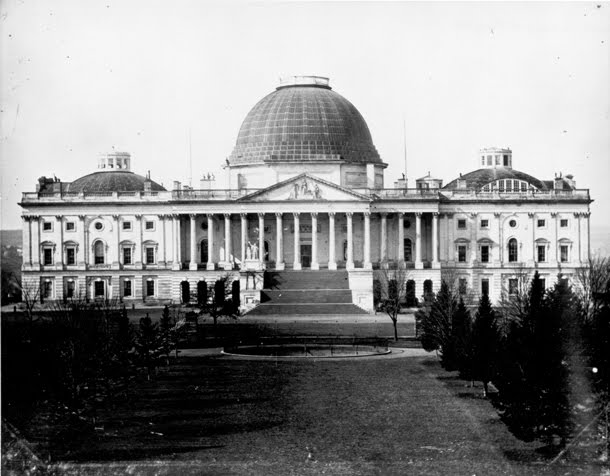









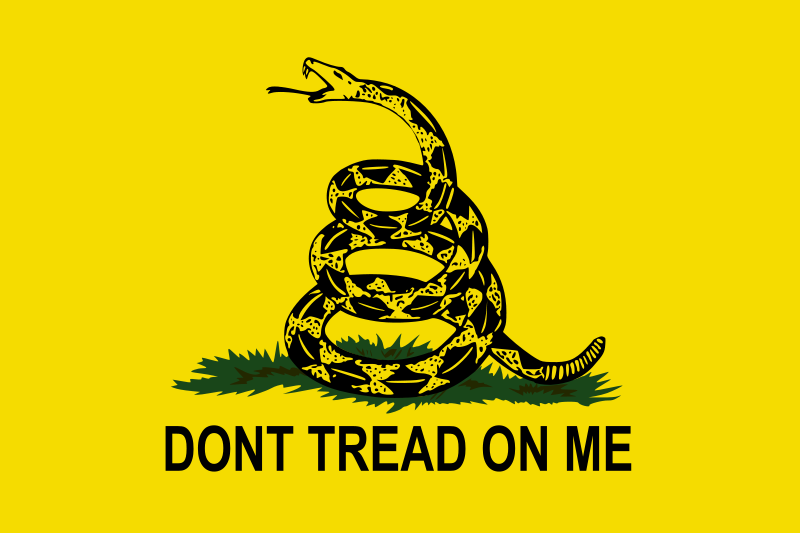
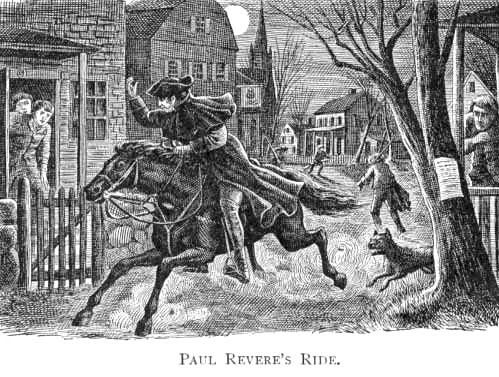

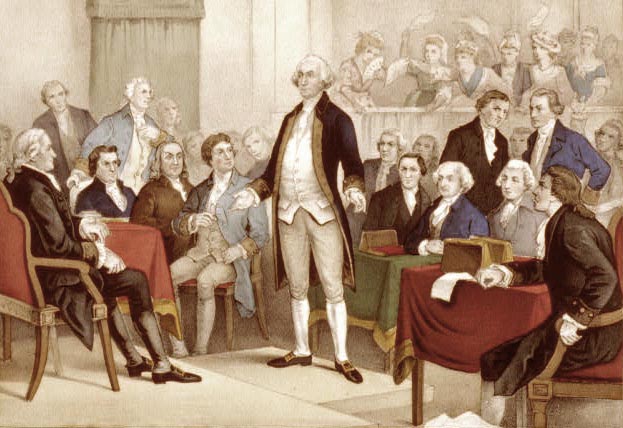

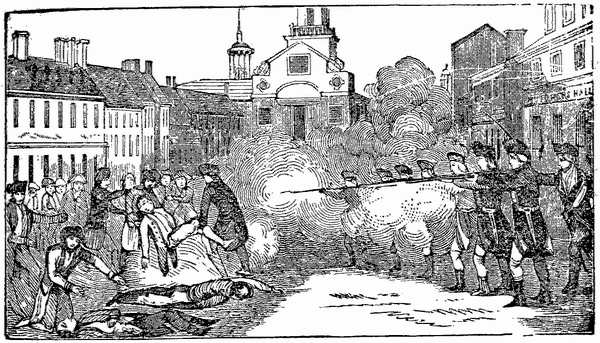
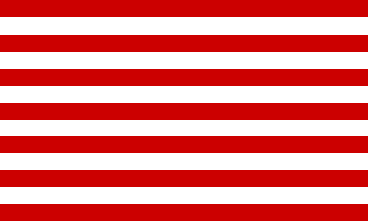
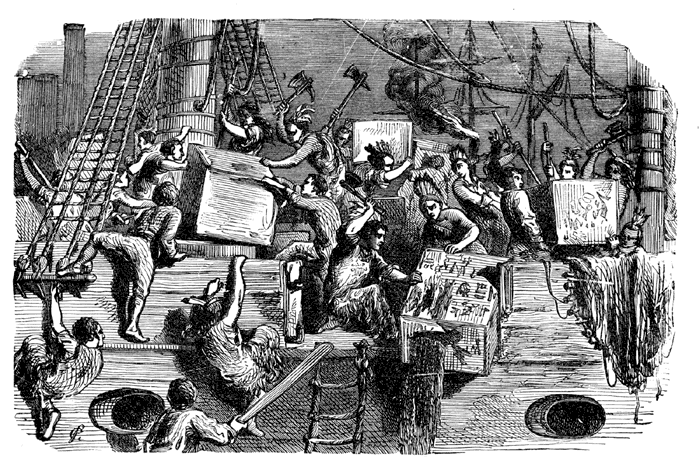




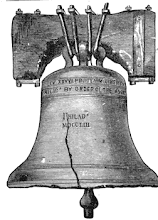




No comments:
Post a Comment